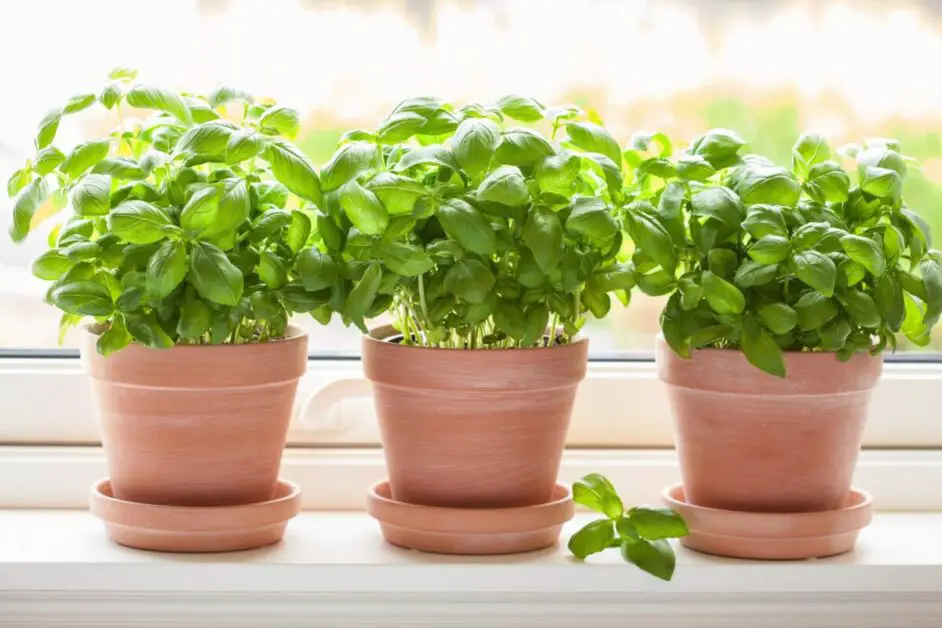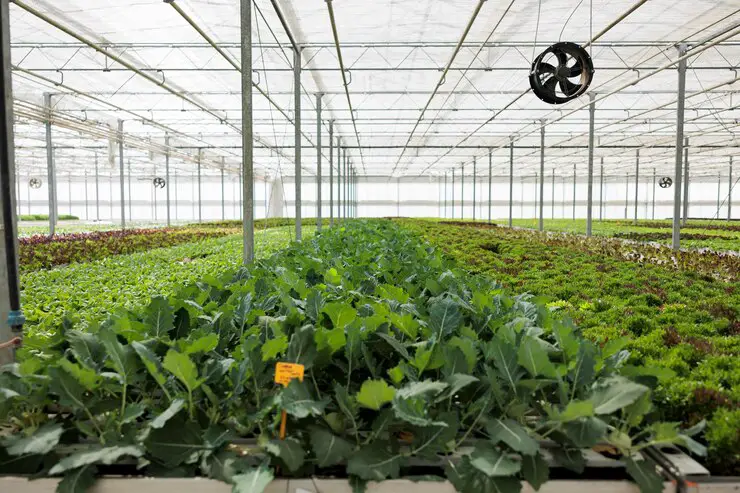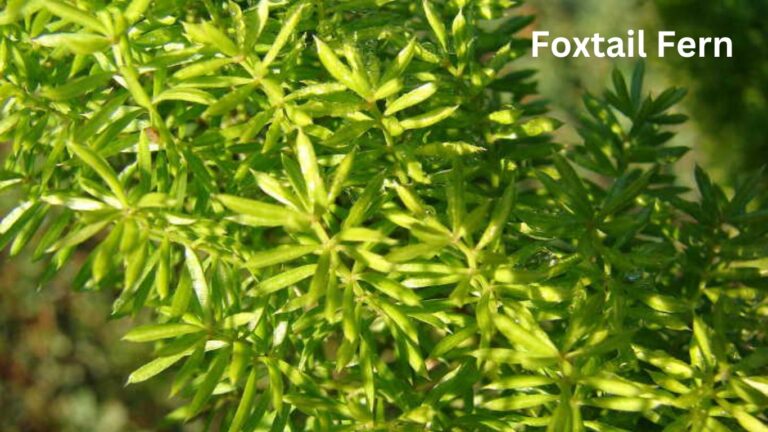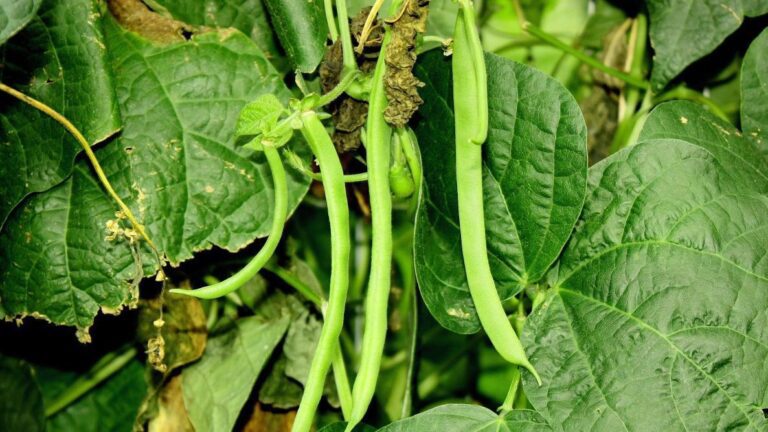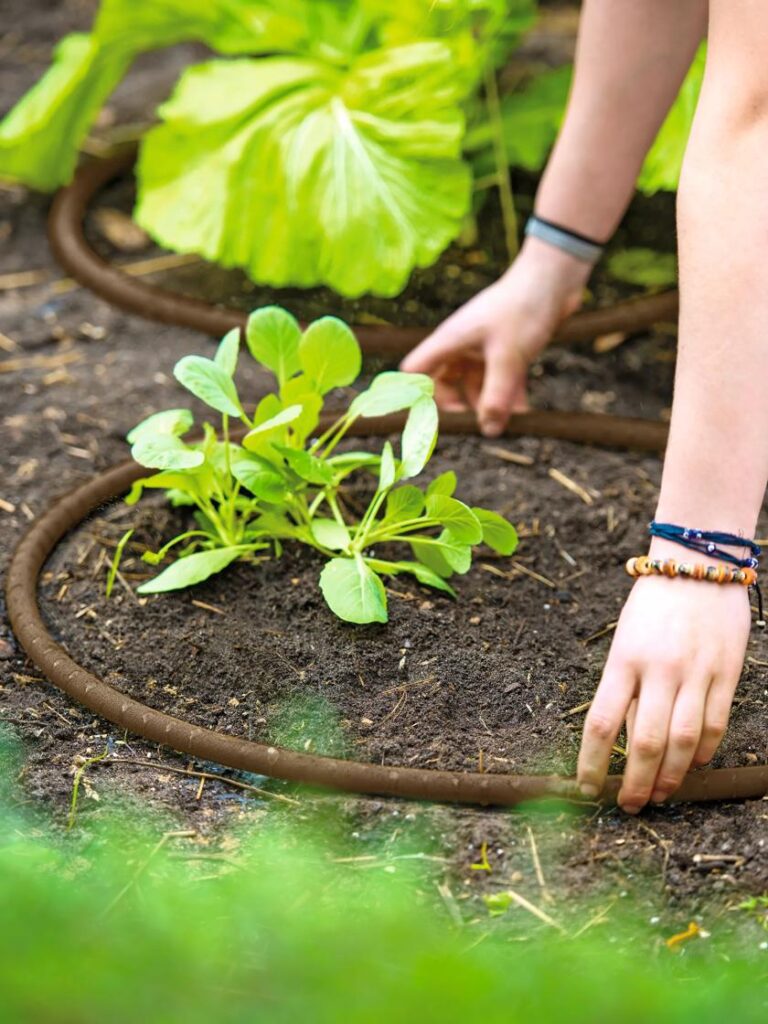Cultivating Basil Within Your Home Throughout the Seasons
Growing Basil Indoors
When growing basil indoors, it is essential to provide the plant with adequate sunlight. Basil thrives in a sunny location, so aim to place your indoor basil plant near a window that receives at least 6-8 hours of sunlight daily. If natural light is limited, you can supplement with grow lights to ensure proper growth and development.
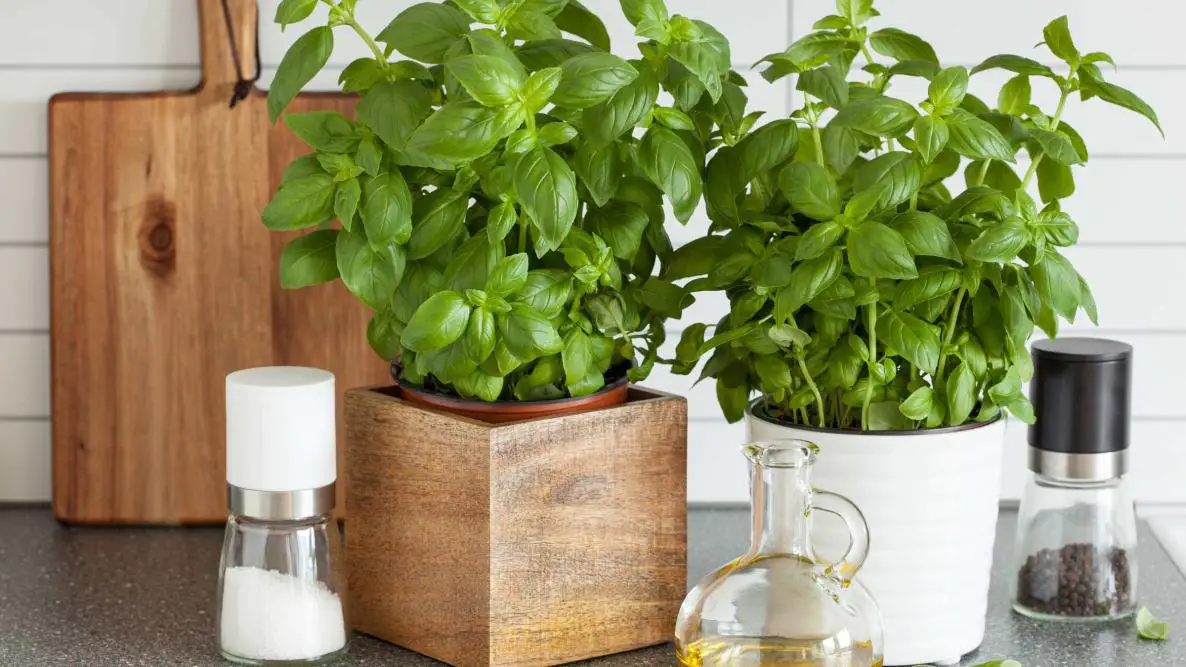
In addition to sunlight, proper watering is crucial for the health of your indoor basil plant. Allow the top inch of soil to dry out between waterings to prevent overwatering, which can lead to root rot. Water your basil plant at the base to avoid getting the leaves wet, as moisture on the foliage can promote fungal diseases. Consistent and mindful watering practices will help your indoor basil plant flourish and provide you with a steady supply of fresh leaves for culinary use.
Choosing the Right Location for Your Basil Plant
When selecting the right location for your indoor basil plant, it is essential to consider its sunlight requirements. Basil thrives in bright, indirect sunlight, so choose a spot near a window where it can receive at least 6-8 hours of sunlight each day. Avoid placing your basil plant in direct sunlight for extended periods, as this can lead to scorching of the leaves.
In addition to sunlight, it is important to keep your indoor basil plant away from drafts and extreme temperature fluctuations. Basil prefers temperatures between 65-85 degrees Fahrenheit, so aim to place it in a location with stable temperatures. Avoid placing your basil plant near heaters, air conditioners, or doors that may let in cold drafts, as these can stress the plant and impact its growth.
Selecting the Best Soil for Indoor Basil
When selecting the best soil for your indoor basil plants, it’s crucial to choose a well-draining potting mix that provides good aeration for the roots. Basil thrives in light and well-drained soil that is rich in organic matter. A mix designed specifically for herbs or vegetables can be a great choice, ensuring the right balance of nutrients for your basil plant to flourish.
Opt for a soil blend that contains ingredients like perlite or vermiculite to aid in drainage and prevent waterlogging, which can lead to root rot. Additionally, a pH-neutral or slightly acidic soil is ideal for basil cultivation, as it helps the plant absorb nutrients effectively. By selecting the right soil mix, you can create an optimal growing environment for your indoor basil, promoting healthy growth and abundant harvests.
Watering Your Indoor Basil Plant
When it comes to watering your indoor basil plant, it’s essential to strike the right balance. Overwatering can lead to root rot, while underwatering can cause the plant to wilt and die off. The key is to keep the soil consistently moist, but not waterlogged.
To determine when your basil plant needs watering, simply stick your finger into the soil up to your first knuckle. If the soil feels dry at this depth, it’s time to water. Make sure to water at the base of the plant to avoid getting the leaves wet, as this can invite disease. Aim to water your indoor basil plant every 2-3 days, adjusting based on the specific needs of your plant and environmental conditions.
Pruning and Harvesting Basil Leaves
When it comes to pruning and harvesting basil leaves, it’s essential to do so in a way that promotes continued growth and ensures flavorful leaves for culinary use. To prune basil effectively, always pinch off the top sets of leaves just above a pair of lower leaves to encourage branching and bushier growth. This method stimulates the plant to produce more leaves and prevents it from becoming tall and leggy. Regularly harvesting basil leaves also helps to keep the plant productive. To harvest basil, simply pluck the leaves from the plant, making sure not to strip too many leaves from a single stem at once to avoid hindering the plant’s ability to regenerate.
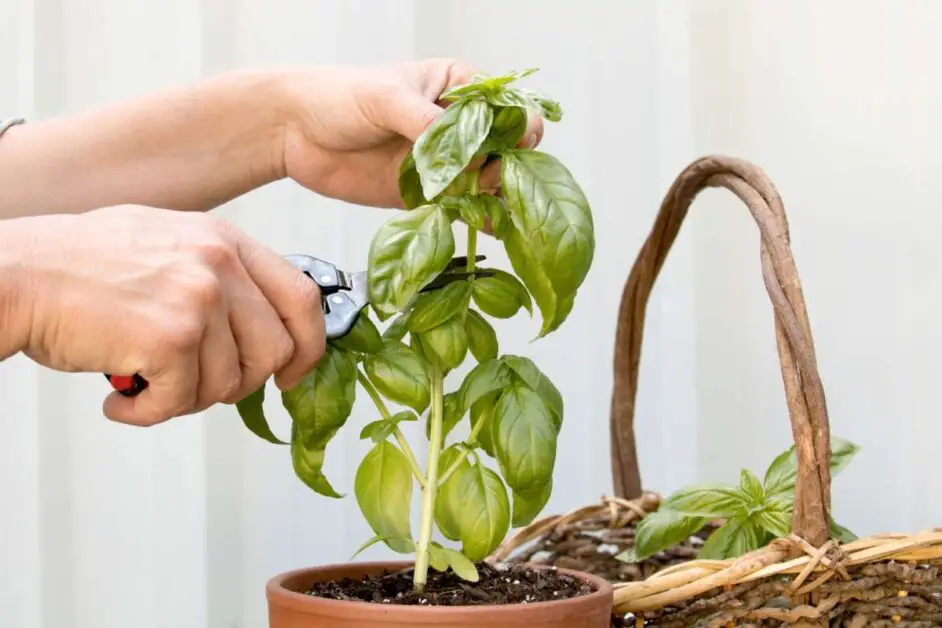
After harvesting basil leaves, it’s crucial to handle them gently to preserve their delicate flavor and aroma. To maintain the freshness of the leaves, avoid bruising or crushing them excessively. It’s best to harvest basil leaves just before they are needed for use to ensure maximum flavor retention. Remember to wash the leaves properly to remove any dust or debris before incorporating them into your dishes. Properly harvested and cared-for basil leaves can elevate the taste of your culinary creations with their aromatic and savory qualities.
Dealing with Pests on Indoor Basil Plants
To keep pests at bay on your indoor basil plants, it’s essential to regularly inspect the leaves and stems for any signs of infestation. Common pests that may target basil include aphids, spider mites, and whiteflies. If you notice any pests, gently wipe the leaves with a damp cloth to remove them and consider using natural remedies like neem oil or insecticidal soap to deter further infestations.
Another effective way to prevent pests from damaging your indoor basil is to maintain good air circulation around the plant. Adequate airflow not only helps the plant thrive but also makes it less attractive to pests. Additionally, avoiding overwatering and ensuring proper drainage can help prevent conditions that may invite pests to settle on your basil. Remember, a healthy and well-maintained basil plant is more resilient against pest attacks.
Below the table shows the different types of pests on indoor basil plants and how to deal with them:
| Pest | Identification | Treatment Description |
|---|---|---|
| Aphids | Small, soft-bodied insects often found on new growth | Aphids can be manually removed by spraying the plants with a strong stream of water, dislodging them from the leaves. Alternatively, neem oil, a natural insecticide, can be applied to affected areas following package instructions. Insecticidal soap can also be used by applying it to affected areas. Repeat treatment if necessary. |
| Spider Mites | Tiny pests that create fine webbing on leaves | For spider mites, prune heavily infested leaves and stems to remove the majority of the infestation. Apply neem oil to affected areas, ensuring thorough coverage to suffocate and deter the pests. Quarantine infested plants to prevent mites from spreading to other plants. |
| Whiteflies | Small, white insects found on the undersides of leaves | Yellow sticky traps can be placed near plants to catch adult whiteflies. Additionally, insecticidal soap can be applied to affected areas, suffocating and killing the whiteflies. Neem oil can also be used, ensuring thorough coverage. In severe infestations, carefully vacuuming adult whiteflies from leaves can help reduce their numbers. |
Propagating Basil for Year-Round Growth
Propagating basil for year-round growth is a cost-effective and rewarding way to ensure a constant supply of fresh herbs in your indoor garden. One popular method of propagation is through stem cuttings. Select a healthy basil plant with robust stems, preferably in the morning when the plant is well-hydrated. Using sterilized shears, snip a 4- to 6-inch section of a non-flowering stem just below a leaf node. Remove the lower leaves to expose a clean stem for planting. Place the cutting in a glass of water, ensuring the stem is submerged but the leaves are not. Change the water every few days to prevent bacterial growth and watch as roots develop over the next few weeks.
Another effective way to propagate basil is through division. If you have a mature basil plant that has outgrown its current container, gently remove the plant from the soil and separate the root ball into smaller sections, ensuring each division has a good amount of roots and foliage. Replant the divisions in fresh, well-draining soil, water thoroughly, and place in a warm, sunny spot to encourage growth. Division not only helps in propagating basil but also revitalizes the parent plant, promoting new growth and ensuring a bountiful harvest throughout the year.
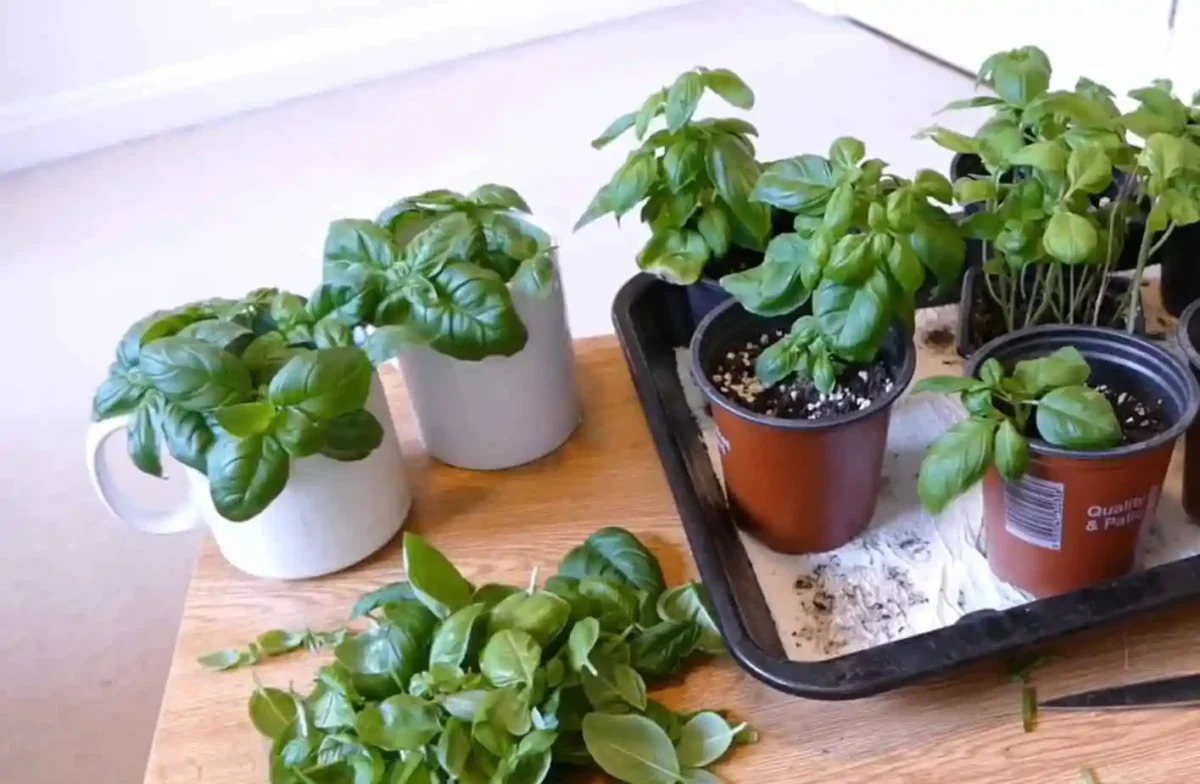
Managing Temperature and Humidity for Indoor Basil
To ensure healthy growth and optimal flavor development in your indoor basil plant, it is crucial to maintain the correct temperature and humidity levels. Basil thrives in warm temperatures between 70-85°F (21-29°C) during the day and slightly cooler temperatures at night. Sudden fluctuations in temperature can stress the plant and lead to issues with growth and flavor production. Aim to provide a consistent temperature environment for your basil plant to encourage robust growth and essential oil production, which contributes to the distinct aroma and taste of the leaves.
Humidity levels also play a significant role in the overall health of your indoor basil plant. Basil prefers moderate to high humidity levels ranging from 50-70%. In drier environments, especially during winter months when indoor heating can reduce humidity, consider using a humidifier or placing a tray of water near the plant to increase moisture in the air. Low humidity levels can cause the edges of basil leaves to brown and curl, affecting both the appearance and flavor of the plant. By monitoring and adjusting both temperature and humidity levels, you can create an ideal growing environment for your indoor basil plant to thrive.
Choosing the Right Container for Your Basil Plant
Selecting the right container for your indoor basil plant is crucial in ensuring its optimal growth and health. When choosing a container, consider the size and depth to accommodate the basil’s root system and allow for adequate drainage to prevent waterlogged soil, which can lead to root rot. A container with drainage holes at the bottom is essential to ensure excess water can escape, promoting healthy root development and preventing water stagnation.
Additionally, consider the material of the container, as porous materials like terracotta allow for better aeration of the roots, while non-porous materials like plastic retain moisture more effectively. Ensure the chosen container is sturdy and well-balanced to support the basil plant as it grows and avoid toppling over. Remember to clean and sanitize the container before planting to prevent any potential pathogens or pests from harming your basil plant.
Fertilizing Your Indoor Basil Plant
To ensure your indoor basil plant thrives and produces flavorful leaves, it is crucial to provide it with the right nutrients through fertilization. Basil is a relatively light feeder, so it is best to use a balanced, water-soluble fertilizer with equal parts nitrogen, phosphorus, and potassium. A general-purpose fertilizer with an N-P-K ratio of 10-10-10 or 12-12-12 can be suitable for indoor basil plants.
During the growing season, which typically spans from spring to early fall, you can fertilize your indoor basil plant every two to three weeks. Dilute the fertilizer to half the recommended strength to prevent nutrient burn, as basil can be sensitive to excess salts. Over-fertilizing can lead to poor flavor development and lush foliage at the expense of essential oils in the leaves. Always follow the instructions on the fertilizer packaging and adjust the feeding schedule based on the plant’s growth and response.
Companion Planting with Basil
When it comes to companion planting with basil, you’ll find that this aromatic herb offers many benefits to neighboring plants in your indoor garden. Basil is known to repel pests such as mosquitoes, flies, and spider mites, making it an excellent companion for plants that are prone to insect damage. Additionally, the strong scent of basil can help mask the odors of other plants, deterring pests that are attracted to specific scents.
Furthermore, basil is believed to enhance the flavor of certain vegetables and herbs when grown in close proximity. Tomatoes, in particular, are known to benefit from being planted near basil, as the two plants share similar growth requirements and can improve each other’s flavor profiles. By strategically placing basil alongside other plants in your indoor garden, you can create a harmonious ecosystem that promotes growth and repels pests naturally.
Here is a table showing some of the companion plants that can be planted with indoor basil:
| Companion Plant | Benefits | Planting Tips |
|---|---|---|
| Oregano | Both basil and oregano enhance each other’s flavors. | Plant basil and oregano together in the same bed or container for mutual benefit. |
| Nasturtium | Nasturtiums deter aphids, whiteflies, and squash bugs. | Interplant nasturtiums with basil to provide natural pest control and add color to the garden. |
| Chives | Chives deter aphids and Japanese beetles. | Plant chives alongside basil to repel pests and provide a flavorful companion. |
| Cilantro | Cilantro attracts beneficial insects and repels pests. | Plant basil and cilantro together to create a diverse and pest-resistant herb garden. |
| Rosemary | Rosemary repels pests like carrot fly and cabbage moth. | Plant basil and rosemary together to create a fragrant and pest-resistant garden bed. |
Troubleshooting Common Issues with Indoor Basil
Yellowing leaves on your indoor basil plant may be a sign of overwatering. Make sure the soil is well-draining and that you are not watering too frequently. Consider adjusting your watering schedule to allow the soil to dry out slightly between watering sessions. Additionally, ensure that your basil plant is receiving adequate sunlight, as insufficient light can also cause leaves to turn yellow.
If you notice black spots on the leaves of your indoor basil plant, it could be a sign of fungal diseases such as downy mildew or leaf spot. To address this issue, remove any affected leaves promptly to prevent the spread of the disease. Consider increasing air circulation around your basil plant by using a fan or placing it in a location with better airflow. Avoid overhead watering, as moist foliage can contribute to the development of fungal diseases.
Storing and Preserving Fresh Basil Leaves
To store fresh basil leaves for extended use, it’s essential to consider the best preservation methods. One effective technique is to store washed and dried basil leaves in an airtight container lined with a paper towel in the refrigerator. This method helps maintain the herb’s freshness and flavor for up to a week. Alternatively, you can freeze basil leaves by pureeing them with a small amount of olive oil and pouring the mixture into ice cube trays. Once frozen, transfer the basil cubes to a resealable freezer bag and use them in cooking throughout the year.
Preserving basil leaves through drying is another popular method. To air-dry basil, tie a bunch of stems together and hang them upside down in a warm, well-ventilated area away from direct sunlight. Once dried, remove the leaves from the stems and store them in a sealed container in a cool, dark place. Dried basil can be used in various culinary applications, providing a burst of flavor reminiscent of summer even during the colder months.
Using Fresh Basil in Cooking and Recipes
Fresh basil is a versatile herb that adds a pop of flavor to a wide variety of dishes. Whether you’re adding it to salads, pasta, soups, or sauces, basil can elevate the taste profile of your culinary creations. The bright, peppery notes of basil complement both savory and sweet dishes, making it a must-have herb in any kitchen.
In addition to its flavor-enhancing properties, basil is also known for its numerous health benefits. Rich in vitamins A, K, and C, as well as minerals like magnesium and potassium, basil provides essential nutrients to support overall well-being. Studies have shown that basil contains antioxidants and anti-inflammatory compounds that may help protect against chronic diseases and promote a healthy immune system. With its enticing aroma and nutritional value, fresh basil is not just a flavor booster but a health-boosting ingredient that can enhance both the taste and nutritional profile of your favorite recipes.
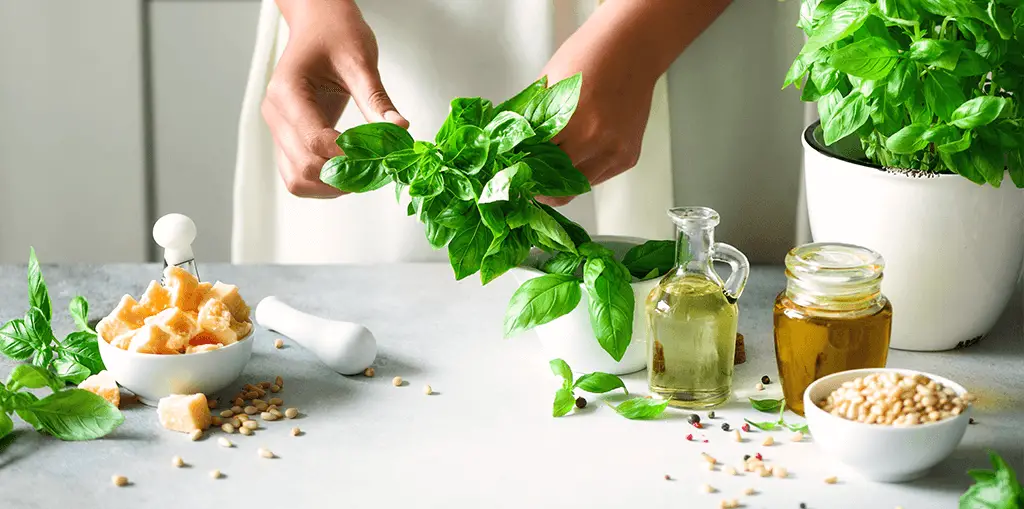
Benefits of Growing Basil Indoors
Growing basil indoors offers a multitude of benefits for both seasoned gardeners and novice plant enthusiasts. By cultivating basil in the comfort of your home, you have the convenience of fresh herbs right at your fingertips, eliminating the need for constant trips to the grocery store. The ability to control the growing conditions such as sunlight exposure and temperature ensures a consistent and bountiful harvest throughout the year, allowing you to enjoy the aromatic and flavorful leaves of this versatile herb whenever you please.
In addition to the convenience and accessibility, growing basil indoors provides a sustainable and cost-effective solution for adding a burst of fresh flavor to your culinary creations. With the proper care and attention, indoor basil plants can flourish and thrive, offering an abundant supply of leaves rich in essential vitamins and minerals. Incorporating homegrown basil into your dishes not only enhances the taste but also contributes to a healthier lifestyle, as this herb is known for its antioxidant properties and potential health benefits.
Watch the full video to learn more about indoor basil cultivation.
Can I grow basil indoors year-round?
Yes, you can grow basil indoors year-round by providing the right conditions such as proper lighting, temperature, and humidity levels.
How often should I water my indoor basil plant?
Water your indoor basil plant when the top inch of soil feels dry to the touch. It’s important not to overwater basil as it can lead to root rot.
What is the best way to preserve fresh basil leaves?
To preserve fresh basil leaves, you can either freeze them in ice cube trays with water or olive oil, or dry them by hanging them upside down in a well-ventilated area.
Can I use fresh basil in cooking and recipes?
Yes, fresh basil is a versatile herb that can be used in a variety of dishes such as pasta, salads, soups, and sauces to add a fresh and aromatic flavor.
What are the benefits of growing basil indoors?
Growing basil indoors allows you to have a fresh supply of this flavorful herb at your fingertips, provides a natural air purifier, and adds beauty to your indoor space.

